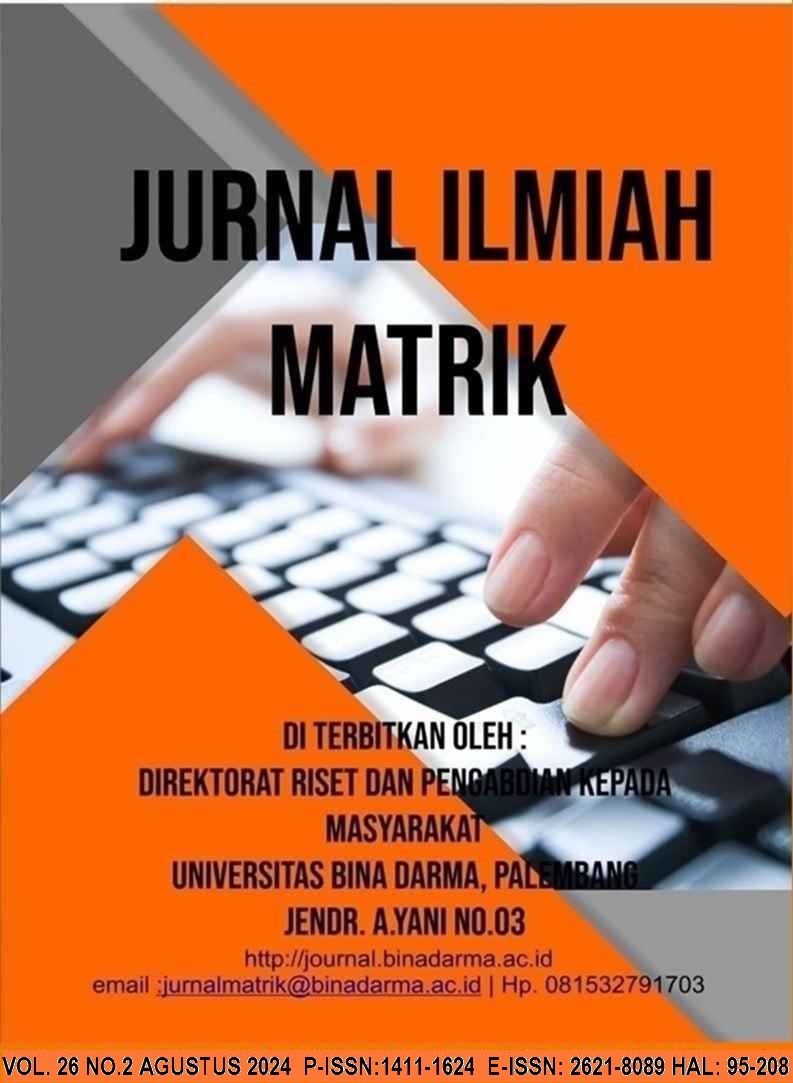Perbandingan Model Proses Bisnis Untuk Mendukung Analisis dan Penetapan Requirement Pada Pengembangan Perangkat Lunak
DOI:
https://doi.org/10.33557/jurnalmatrik.v26i2.3258Keywords:
Pemodelan proses bisnis, MBRE, BPMN, Pengembangan perangkat lunak, JTK PolbanAbstract
Abstract : Business process modeling in application software development, especially during the analysis phase, is essential for a deep understanding of the problem domain. By understanding the business process, developers can identify important elements in a project or things that hinder the progress of a process, and communicate them to stakeholders. Model-Based Requirements Engineering (MBRE) uses formal models to define, analyze, and manage software requirements, offering advantages over text-based methods. This study compares various MBRE diagrams such as Business Process Modeling Notation (BPMN), Flowmap, Swimlane, Use Case, Sequence, and Activity diagrams, using a case study of a final project (TA) management application at JTK Polban. The results show that BPMN is the most suitable model, as it represents processes sequentially, is easily understood by stakeholders, and supports validation with other tools. BPMN implementation is expected to be a key reference in application development at JTK Polban.
Downloads
Downloads
Published
Issue
Section
License
Jurnal Ilmiah Matrik byhttps://journal.binadarma.ac.id/index.php/jurnalmatrik is licensed under a Creative Commons Attribution-ShareAlike 4.0 International License.












